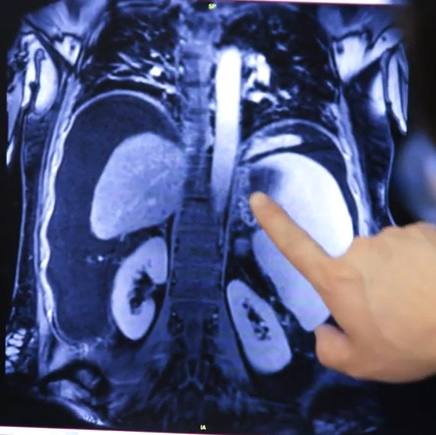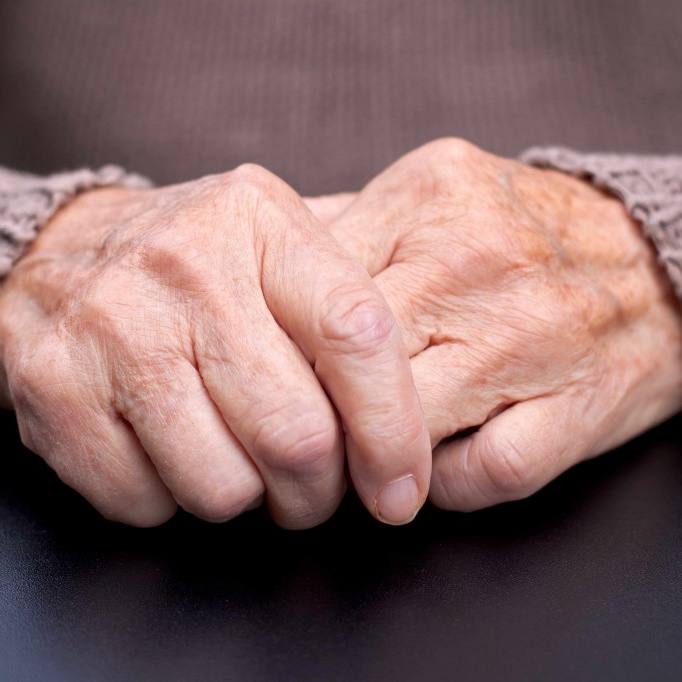-
Delivery Science Summit – Engineering Better Quality, Outcomes and Cost

The goals are lofty: Enhance the patient experience. Improve population health. Manage the total cost of care. The lineup of speakers is impressive (and lengthy): physicians, scientists, leaders in the health care field. And participants came from just down the block at Mayo Clinic to as far away as India, Sweden and Japan.
All this with the goal of putting the science of health care delivery to work to improve how patients receive care – using engineering principles to improve everything from scheduling to treatment protocols to the patient experience.
Those were just some of the topics taking center stage at Delivery Science Summit, Sept. 16-18, hosted by the Mayo Clinic Robert D. and Patricia E. Kern Center for the Science of Health Care Delivery. The summit is designed as a place to share best practices and ideas about how to apply health care delivery research methods to create better care experiences for patients, use data science and operational research methods to develop and test new models of care, improve patient care and population health by connecting clinical practice with the patient's community. And much more.
Veronique Roger, M.D. – "The science of best practice"
"As we all know, health care and the health care system in the United States – and throughout most of the world – needs improvement," Veronique Roger, M.D., director of Mayo's Center for the Science of Health Care Delivery, told those assembled. Care is fragmented and inefficient, she said, and it varies by where you live, insurance and socioeconomic status, racial and ethnic background.
Journalists: Sound bites with Dr. Roger and b-roll of the conference are available in the downloads.
"Costs continue to skyrocket and value is undefined," she said. The science of health care delivery tackles these problems and focuses on the "science of best practice." From using engineering to determine the most efficient way to schedule appointments to research on the design the best care experience, the science of health care delivery is laser-focused on the “Triple Aim” - Improving the patient experience, Improving the health of populations, and Reducing the cost of care.
And over the course of the summit, she said, thought leaders, researchers and clinicians, Health IT professionals, engineers, nurses and administrators, as well as payers and policy makers, would speak to that science of best practice.
John Noseworthy, M.D. – Looking for the Holy Grail of health care
"High-value care – higher quality at lower costs – is the Holy Grail of health care," John Noseworthy, M.D., Mayo Clinic president and CEO, said as he helped kick off the conference. "Mayo Clinic has been on this path since its inception more than 150 years ago, when Will and Charlie Mayo created a completely new way to organize health care – the multi-specialty group practice of medicine."
Mayo's more recent efforts in health care delivery science got a boost in 2011 with the establishment of the Robert D. and Patricia E. Kern Center for the Science of Health Care Delivery. "Health care delivery science is a burgeoning field that touches every aspect of our patients’ health care experience," Dr. Noseworthy said. "Ultimately, health care delivery science puts our assumptions to the test by applying scientific discipline" to determine what works for patients.
One example, he said is Mayo's work with UnitedHealth Group and others through a big-data collaborative called Optum Labs. More than 100 Mayo Clinic projects are underway through Optum Labs. Those projects will use claims and health record data to quantify the total cost of an episode of care and see how patients do over time.
"Over the course of the next three days, you will discuss and share numerous examples like this," Dr. Noseworthy said. The summit, he noted, is an important opportunity to "generate novel ideas and … multiply the power of the critically important work you do on behalf of patients."
Lois Krahn, M.D. – A conference built for interaction
Dr. Krahn, in opening the conference, noted that while the conference was built for interaction and conversation, there also were efforts to extend the conversation beyond the auditorium and breakout spaces. "I hope to see you in the ether as well," she said, noting the use of the hashtag #DSS2015 on Twitter, for example.
"This is all pretty new to some of us, but research has shown there is exponential connectivity and incredible synergies occurring in the social media environment, and we absolutely must use every tool available to advance the science of health care delivery, and speed translation and dissemination of best practice! So I will be there, and expect to see you all on the web," she said.
She also noted that there will be daily posts on the Advancing the Science blog, where you can see updates from the conference and engage there as well. The wrap-up from Day One includes comments from keynote speaker and Harvard Business School Senior Fellow Bill George as well as reports from pre-conference workshops by Nilay Shah, Ph.D., on Big Data, and Joan Griffin, Ph.D., and a panel of experts there to define implementation science
Related Articles







